
Types of Woks
Shop All Commercial Woks
Types of Woks Video
Check out our types of woks video for an in-depth look at the different styles of woks and their applications.
0:00
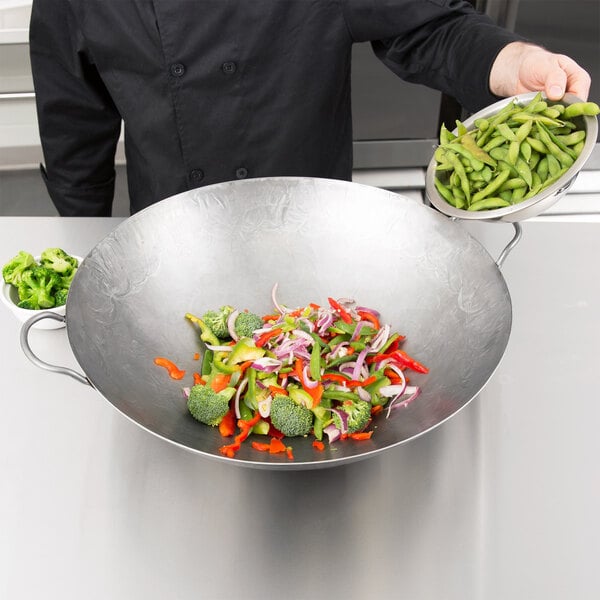
A wok is a deep, bowl-shaped frying pan with sloping sides that distributes heat evenly. With strong Asian roots, the wok dates back to the Chinese Han dynasty. Traditionally it is a round-bottomed, high-walled pan, although flat-bottomed versions are gaining popularity as they can be used on standard ranges. It is commonly designed with either two side handles or one long handle.
What Is a Wok Used For?
While most commonly used for stir-frying, a wok has many uses. Since it is deep it can be filled with water and used to boil foods or filled with oil for deep frying. When paired with wood chips and a rack, a wok can be used as a smoker for meats and cheeses. If you have a lid for the wok, then it can also be used for steaming vegetables or seafood.
Why Use a Wok?
A wok, as opposed to a traditional frying pan, distributes heat evenly. This occurs because of the concave shape with sloping sides, as well as the material used to make woks. With better heat distribution you receive fewer hot/cold spots and ensure that everything in the wok finishes cooking at the same time. Also, because of its shape, tossing food such as stir fry is easy.
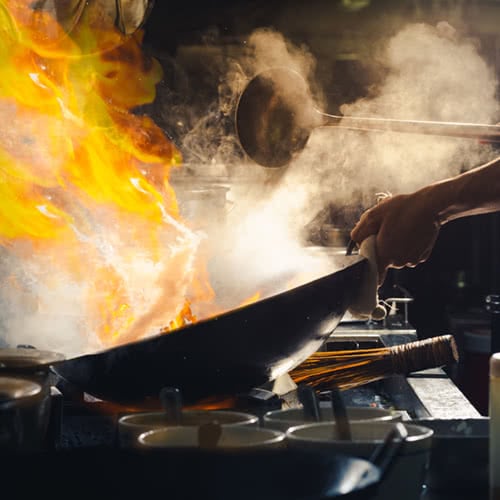
What Is Wok Hei?
That trademark smoky flavor associated with wok cooking doesn't come from a smoky ingredient; it is created by wok hei. When translated into English, wok hei means "breath of the wok", and it describes the effect that causes the wok to flame up. The flame produces caramelization and the Maillard reaction. This happens because the oil from the wok drips down into the open flame when tossed, causing a flare-up that comes into direct contact with the ingredients.
There are two types of woks: Cantonese and Mandarin. The best wok style for your kitchen depends on the applications your chefs will use it for. We explain the differences between Cantonese and Mandarin woks below.
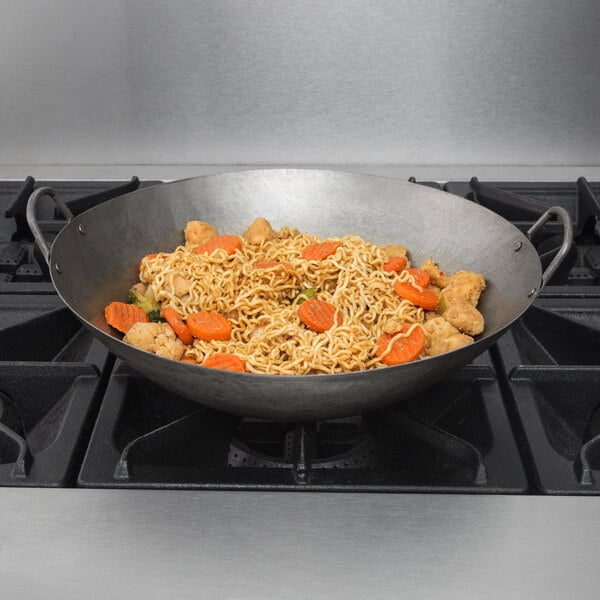
Cantonese Style Woks
Cantonese woks come with two U-shaped handles riveted on either side, making them easy to lift and transport. However, the short handles don't aid easy flipping during the cooking process. Cantonese woks are best used for serving large quantities of food to groups.
Cantonese woks are also known as Southern Chinese woks, because they are mostly used in the Southern part of China. The standard diameter of a Cantonese wok is 14 inches. The bottoms of Cantonese woks are not usually as deep as Mandarin woks.

Mandarin Style Woks
Mandarin-style woks feature the distinctive round-bottom shape of a wok with a single long wood or metal handle attached to one side. This handle is there to make it easier to flip popular dishes like stir fry. It also lets a chef easily portion out food after it's cooked.
The rounded bottom of a Mandarin wok is usually quite a bit deeper than a Cantonese-style wok. However, the standard size for their diameter is 14 inches, equal to that of the Cantonese style. Because of their higher sides, they typically have a smaller cooking capacity than their Cantonese counterpart.
Modern woks come in many materials, but the two most common are carbon steel and cast iron. Each wok material has its unique features and benefits. From the non-porous nature of stainless steel to the non-stick benefits of properly seasoned cast iron or carbon steel woks, it's important to know the highlights of each material before making a purchase.
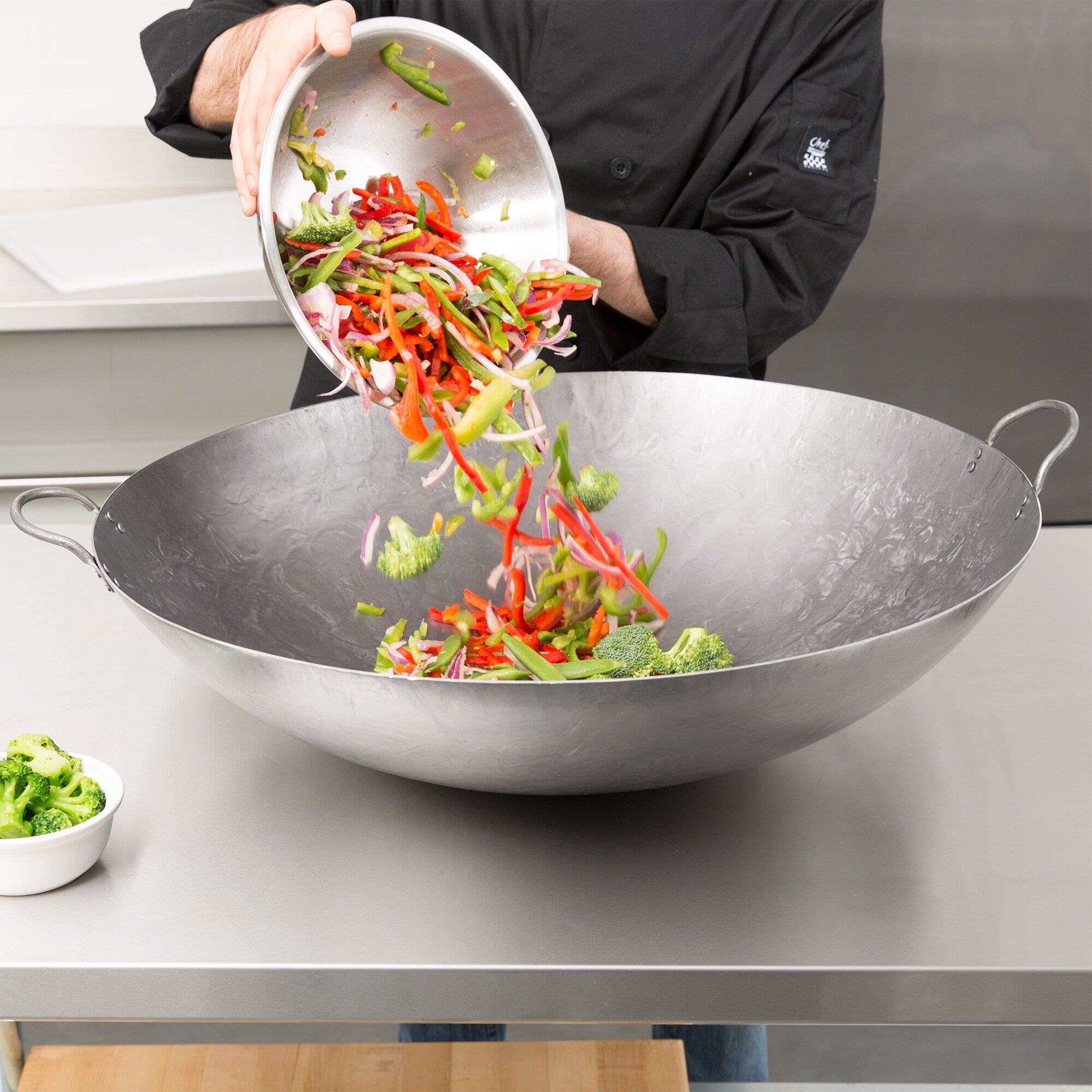
1. Carbon Steel Woks
Carbon steel is one of the most popular materials for woks. It combines fast and even heating with durability, making it a favorite of many chefs. With proper seasoning, a good chef can easily reduce the chance of food sticking to the pan. Since they're magnetic, carbon steel pans work with wok induction ranges.
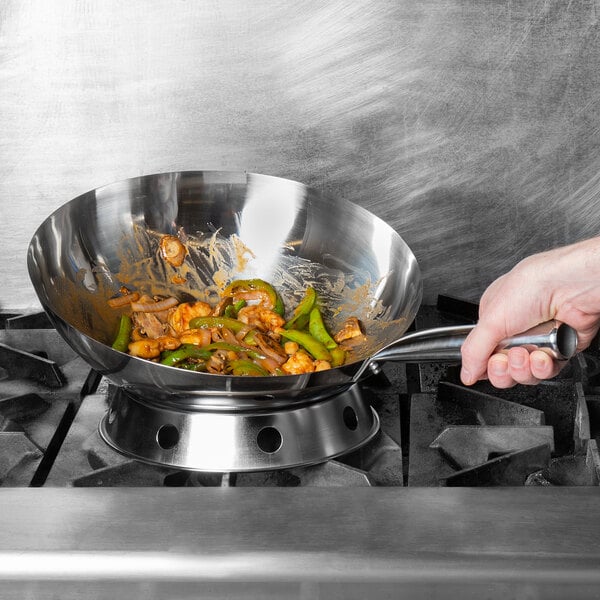
2. Stainless Steel Woks
Stainless steel is a very durable material that also gives off a professional appearance. It is a lot less porous than cast iron or carbon steel, so it is not as vital to season this wok material for optimal performance. It is also easy to clean as it has a naturally smooth surface.

3. Cast Iron Woks
Cast iron is extremely durable and is capable of holding onto heat longer than other cookware materials; once it is hot it stays hot for a long time, saving energy. The longer it is used the more seasoned it becomes, making it more non-stick as it ages.

To ensure that your wok remains non-stick you must know how to season and clean a wok. Seasoning your wok helps reduce the amount of oil that you have to use while cooking. This is especially true with porous materials like cast iron and carbon steel.
With the right accessories, you can expand the possibilities of your wok and make it easier to use.

Wok Range
A wok range is a larger and more powerful burner that is specifically designed to hold woks. They accommodate the shape of woks, which have rounded bottoms and require broader flames for efficient cooking. Wok ranges and burners are available in countertop, drop-in, and freestanding options to suit different kitchen sizes and styles.

Wok Rings
If you don't have a wok range, a wok ring is a great tool for making your range wok friendly. The natural round shape of a wok tends to wobble, and the ring prevents that from occurring. Many rings have holes to allow heat to transfer up the walls of your wok, increasing heat overall.
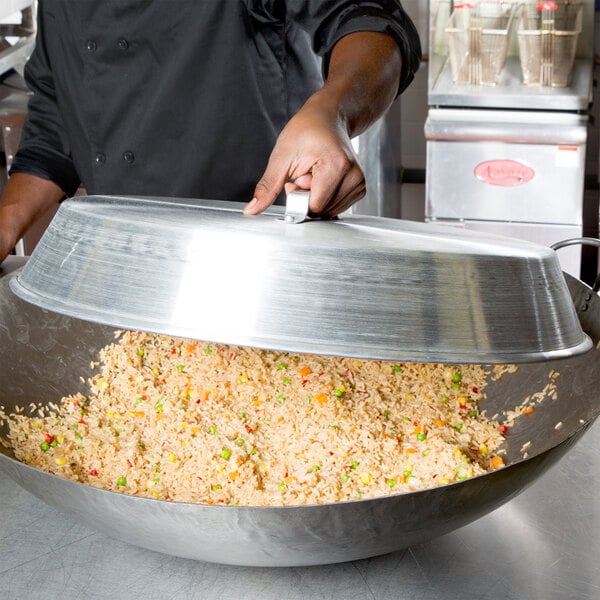
Wok Covers
A good wok cover will not only prevent hot oil and juices from splattering outside of your wok, but it will also keep food hot by retaining heat that would otherwise escape. Designed in all shapes and sizes, most covers are domed to allow for proper air circulation and to lock in moisture.
When used appropriately, a wok can take your recipe to the next level and add an otherwise unachievable umami flavor. Follow these simple steps to make a stir-fry dish like our Thai basil tomato stir-fry recipe in your wok.
- Heat Oil - Heat your wok over medium-high heat, then add your cooking oil. Swirl the wok to spread the hot oil around.
- Sear Protein - Incorporate any protein into the dish and get a good sear on one side before flipping. Cook the protein until it is approximately 75% complete, and then remove it to a separate plate.
- Add More Oil and Aromatics - Add more oil to the wok. Once hot, add in your garlic, onions, herbs, and other aromatics. This will allow the flavors to marry with the oil. Stir constantly for approximately one minute.
- Add Vegetables - Add your vegetables in order of longest to shortest cook times. Root vegetables such as carrots and potatoes take the longest, while soft vegetables such as tomatoes and corn cook the fastest.
- Re-Add Protein, Sauce, and Rice - Once vegetables are fully cooked, put the protein back into the wok.
- Add Sauce - Pour the sauce down the side of the wok so it heats before mixing with the other ingredients.
- Optional: Add Rice - If you want to include a type of rice, then add it now. The rice must be precooked.
- Toss the Wok - Toss the wok until all ingredients are coated in sauce and proteins cook through.
- Portion and Serve - Portion the stir-fry onto plates and serve.
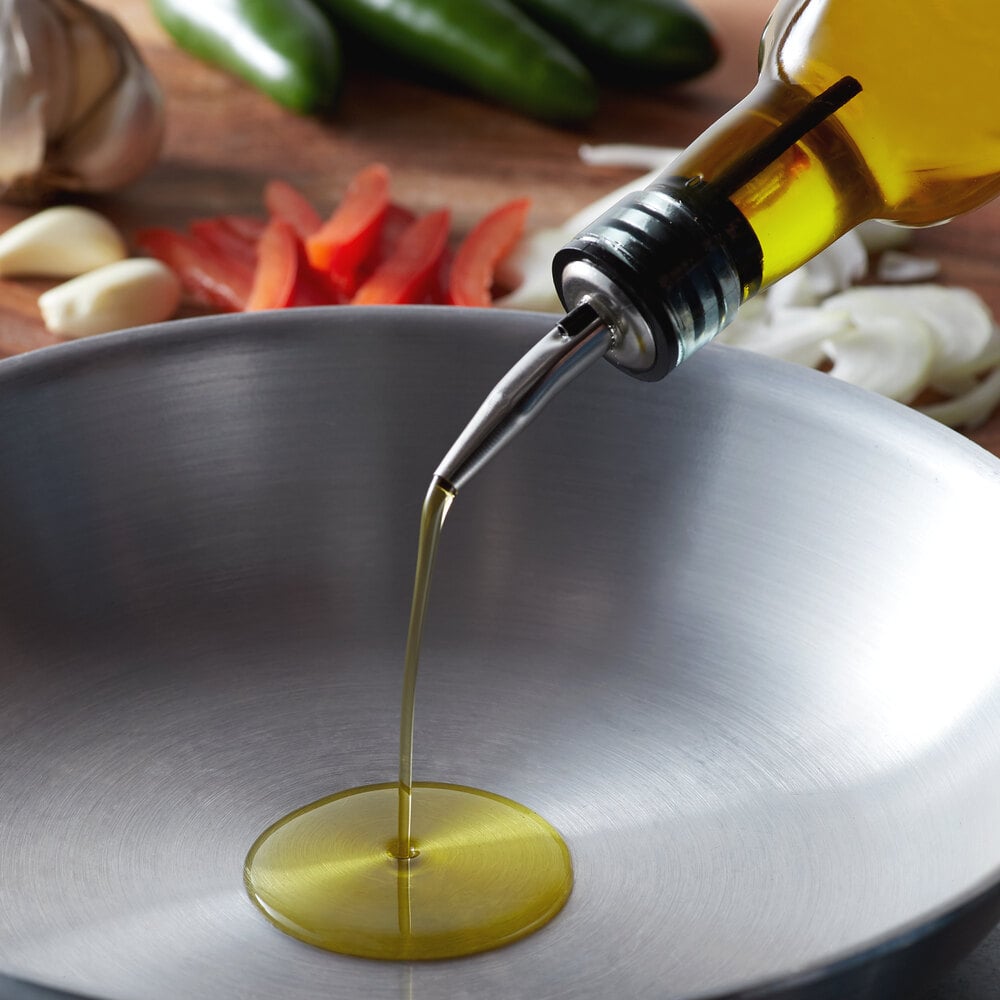
You must select an oil with a high smoke point when cooking with a wok. These are oils that require a high temperature (around 400 degrees Fahrenheit) before they begin to smoke (aka burn). Using a low-smoke point oil risks burning your oil and tainting the flavor of the entire dish. Below are some common good and bad oils to use with high heat wok cooking.
- Grapeseed Oil
- Canola Oil
- Refined Peanut Oil
- Flaxseed Oil
- Unrefined Sesame Oil
- Extra Virgin Olive Oil
Related Resources
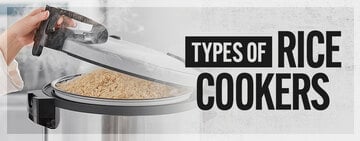
Rice Cooker Buying Guide
If you use a significant quantity of rice in your restaurant's day-to-day operations, there's no tool more important than a rice cooker to add to your arsenal. Commercial rice cookers simplify the rice-making process, ensuring fewer errors and delicious tasting rice every time. Be sure to check out our commercial rice cooker reviews as well! Shop All Rice Cookers
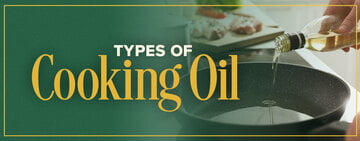
Types of Cooking Oil
Whether you are deep frying foods , creating detailed cakes, or making salads, cooking oil is a necessary staple to any kitchen. This guide will provide a list of cooking oils and go over their taste, smoke points, and best uses so that you can confidently choose the best oil type for your recipes. Shop All Cooking Oils Use the following links to navigate this guide and learn more about the types of cooking oils: Different Cooking Oils How to Choose a Cooking Oil Cooking Oil FAQ

Types of Asian Noodles
You can broadly categorize Asian noodles into three main types: wheat, rice, and glass noodles. However, there is a surplus of subcategories with distinct preparation methods, ingredients, shapes, and sizes. Reducing this dynamic cuisine to three unnuanced categories won't help you navigate the Asian noodle aisle. Our guide to the ten most popular Asian noodles breaks down flavor, texture, and uses so you can find the soft, springy, or slippery Asian noodle that satisfies your needs. Shop All Asian Noodles Types of Noodles with Pictures Browse our list of the top ten types of noodles with pictures so you can identify them when you shop. While China has more indigenous noodles than any other country, noodles are a staple food throughout Asia
- Topics 1346
- Industrial 55
- Troubleshooting Guides 21
- Restaurant Management 128
- Bar Management 55
- Catering Tips 35
- Bakery Management 42
- Food Trucks & Concessions 49
- Advertising & Marketing 37
- Eco-Friendly Tips 11
- Facility Layout & Design 41
- Coffee Shop Tips 28
- Installation & Maintenance 51
- Janitorial & Pest Control 30
- Safety & Sanitation 88
- Startup Tips 104
- Menu Design 10
- Kitchen & Cooking Tips 81
- Hospitality Management 23
- Pizza & Sandwich Shop Tips 36
- Smallwares 37
- Food Prep 88
- Tabletop Items 17
- Disposables 22
- Calculators & Tools 6
- Consumables 52
- Warewashing & Laundry 18
- Cooking Equipment 90
- Food Storage & Refrigeration 51
- Beverage Equipment 34
- Office Supplies 6
- Resource Type
- In-Depth Articles272
- Buying Guides296
- How-Tos93
- Product Reviews77


